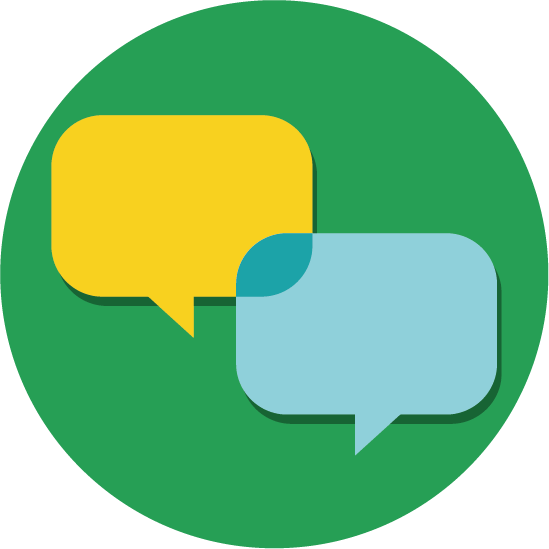
Literacy competence is the ability to identify, understand, express, create and interpret concepts, feelings, facts and opinions in both oral and written forms, using visual, sound/audio and digital materials across disciplines and contexts.
It also involves the ability to use critical thinking to develop personal opinions, analyze messages and identify disinformation.
